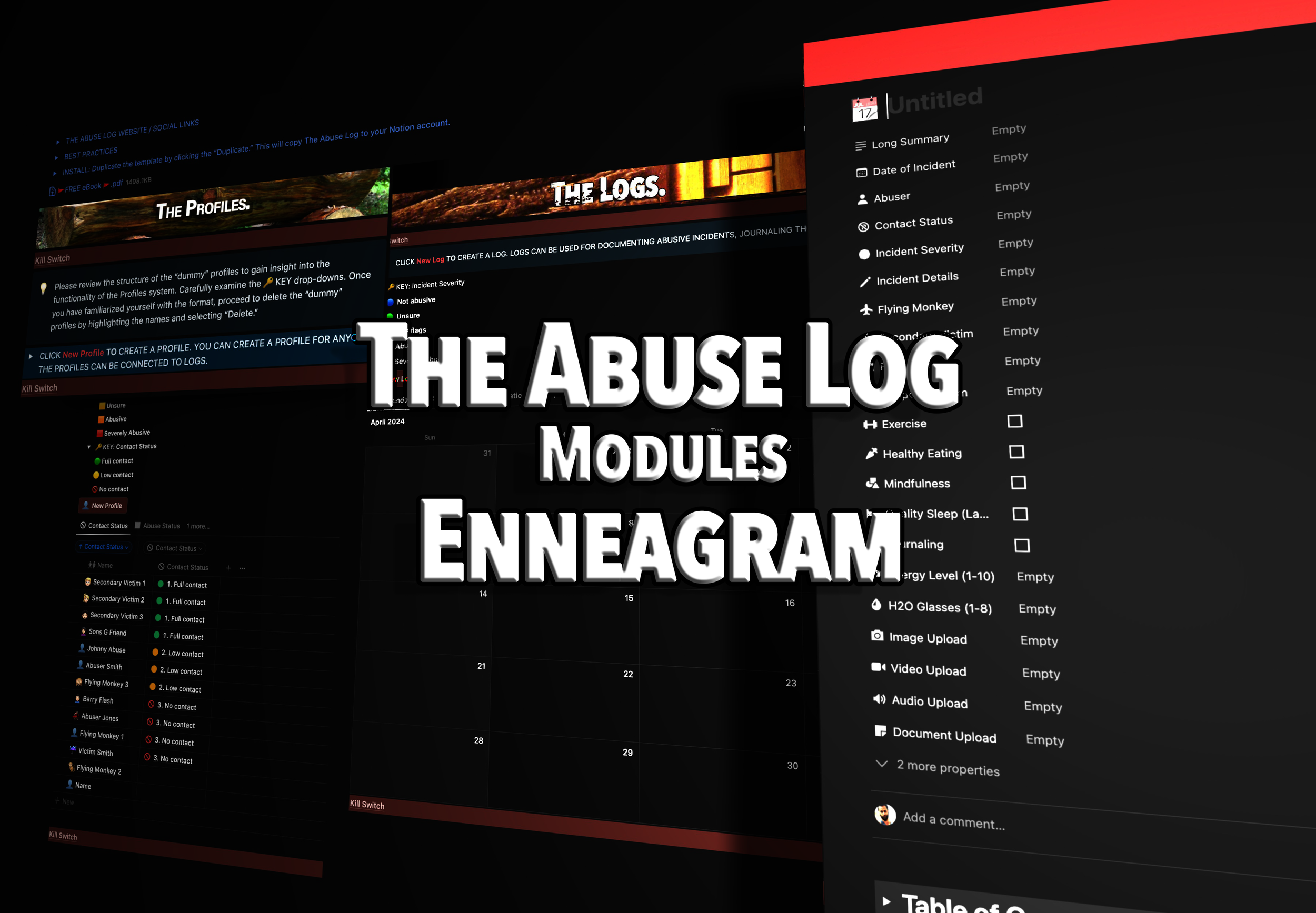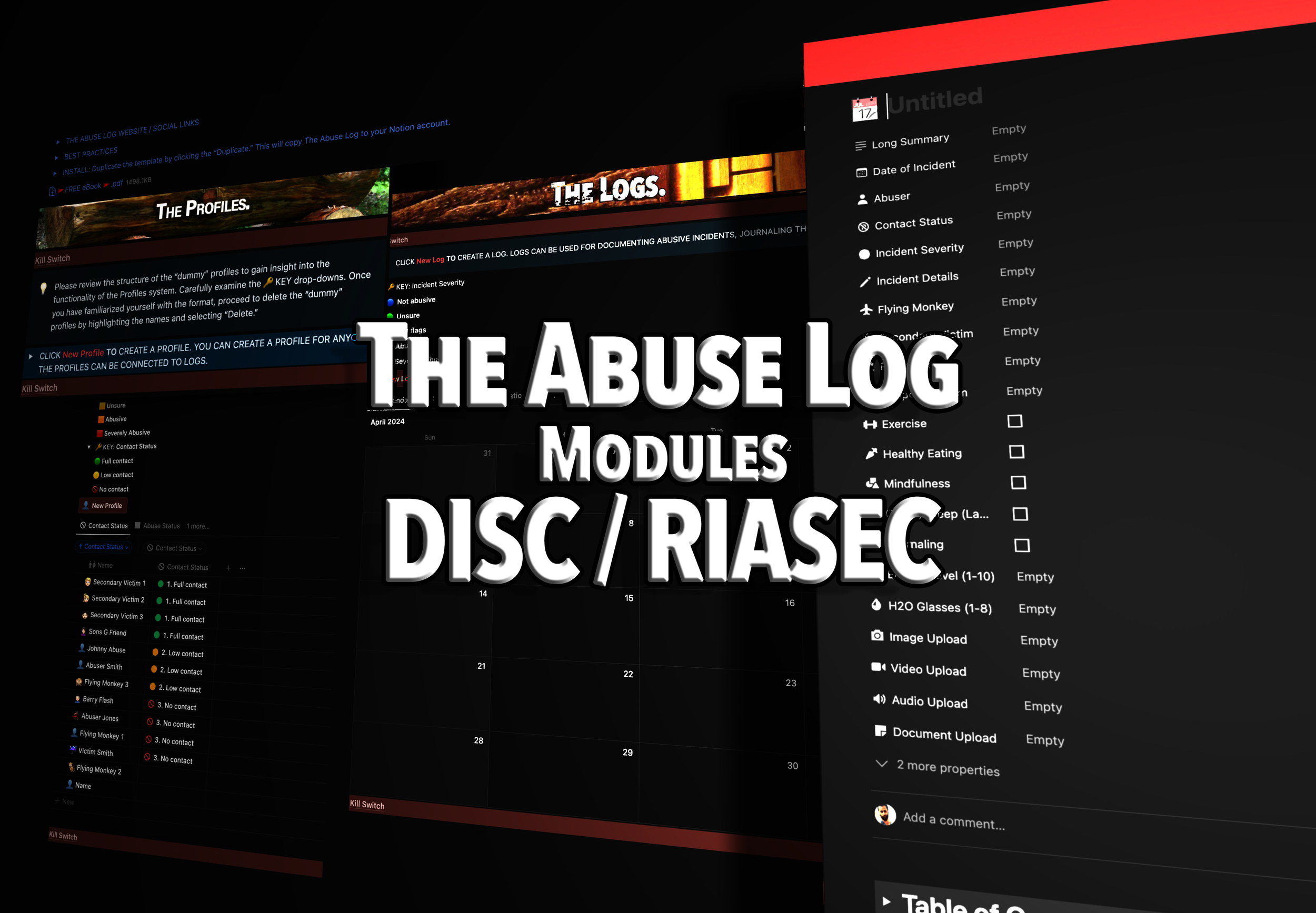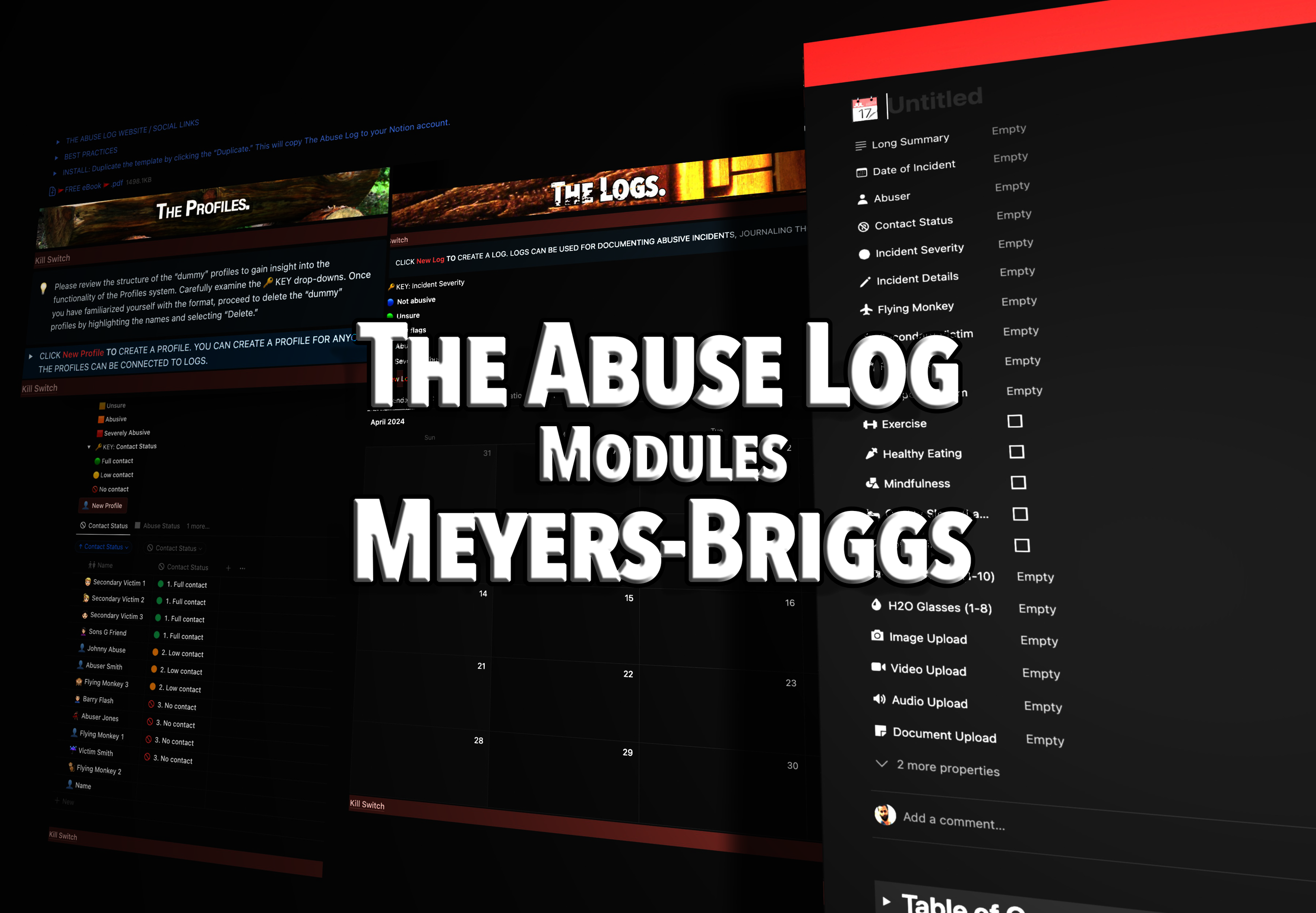The Legal Weaponization of External Loci of Control
When narcissism enters the courtroom or the family law system, it rarely arrives naked. It comes clothed in contradictions, illusions, and manipulations that strain the very logic of justice. One of the most insidious contradictions is the narcissist’s relationship to control: outwardly obsessed with power and dominance, yet inwardly dependent on an external locus of control to escape accountability.
This paradox fuels a cycle of cognitive dissonance that ripples outward into abusive relationships, false allegations, parental alienation, and endless litigation. To understand how abusers manipulate legal systems and weaponize their contradictions, we must examine how narcissism thrives at the intersection of psychology and law.
Narcissism’s Selective Control Narrative
In abusive dynamics, narcissists project control as both their shield and their sword:
When outcomes favor them, they claim full authorship. The win becomes evidence of their superiority and proof that they are the more competent parent, partner, or authority figure.
When outcomes disfavor them, they shift blame to external actors: the judge is biased, the ex-partner is “crazy,” the child is “brainwashed,” the system is rigged.
This selective use of internal vs. external control preserves their ego while destabilizing the legal process. In reality, it is nothing more than a cognitive distortion designed to relieve dissonance: “I must always be right—so the world must be wrong when I lose.”
Cognitive Dissonance as a Legal Strategy

For most, cognitive dissonance is an internal struggle. For narcissists, it becomes an externalized legal strategy. Rather than sit with the tension of contradictory beliefs, they resolve it by weaponizing institutions:
Projection into pleadings: False allegations of abuse or neglect serve to project their own behavior onto the other parent.
DARVO in court: They deny wrongdoing, attack the victim, and reverse roles to appear as the true victim.
Litigation abuse: Endless motions, filings, and procedural games are not designed to resolve conflict, but to perpetuate it—keeping the other party locked in the narcissist’s dissonant loop.
Public smear campaigns: Parallel trials play out on social media, where hashtags like #SaveDoug or #JusticeFor[Child] serve not as truth-seeking but as ego-saving narratives.
The courtroom becomes a theater, and the narcissist ensures that everyone—judges, attorneys, guardians ad litem, therapists—is drafted into the script.
The External Locus of Control as Abuse Tactic
A healthy parent teaches a child responsibility by modeling accountability: “I made this choice; here’s how I’ll repair it.” The narcissistic parent does the opposite. They deny accountability and shift blame externally, even in front of the child.
Legally and psychologically, this creates dangerous ripple effects:
Parental alienation: The child is told the other parent is the cause of all problems—school issues, money struggles, emotional pain. The alienating parent positions themselves as a helpless victim of external forces.
Gaslighting in affidavits: Official documents become vehicles for distorted narratives where the narcissist presents themselves as controlled by outside forces: a vindictive ex, corrupt institutions, or even the child themselves.
Financial abuse: When courts scrutinize expenditures, the narcissist blames “inflation, advisors, lawyers,” never their own mismanagement. They both claim mastery over finances and exemption from responsibility for losses.
By constantly invoking an external locus, they maintain their image while subtly eroding the credibility of the other parent. The dissonance becomes a weapon of legal and emotional abuse.
The Child as Collateral Damage
Perhaps the most tragic consequence of this dynamic is the child’s internalization of dissonance. Growing up under a narcissistic parent who oscillates between omnipotence and victimhood leaves the child unable to distinguish truth from distortion.
The child hears: “Your father/mother is the reason for our pain.”
The child witnesses: blame-shifting in real time, as the narcissistic parent storms out of court claiming they were victimized by the system.
The child learns: accountability is dangerous, truth is malleable, and control belongs not to integrity but to manipulation.
This environment teaches the child to distrust their own perceptions, a psychological injury that can last a lifetime. In legal terms, it may manifest as reluctance to visit the alienated parent, confusion in testimony, or alignment with the abusive parent simply to survive the cognitive chaos.
Courts and the Trap of False Neutrality
Courts are designed to assume that both parents act in good faith. Narcissists exploit this assumption by presenting polished narratives of victimhood. Their reliance on external loci—“the other parent made me do it,” “the system is unfair”—is persuasive because it resonates with genuine injustices that can and do exist.
But here lies the danger: the court’s attempt at neutrality often becomes complicity. When narcissists are not held accountable, they are emboldened to escalate. Without intervention, the legal system risks becoming an accomplice to the abuse it was meant to remedy.
Breaking the Cycle
How can courts and victims confront this dissonant cycle?
Forensic documentation: Victims must keep meticulous logs of incidents, capturing the narcissist’s shifting narratives in their own words. Over time, patterns of projection and blame-shifting become undeniable.
Judicial awareness: Judges and attorneys must be trained to recognize DARVO, projection, and litigation abuse as red flags of narcissistic dynamics rather than isolated disputes.
Firm boundaries: Legal remedies such as sanctions, supervised visitation, and restrictions on frivolous filings are necessary to curtail the narcissist’s misuse of external locus claims.
Therapeutic intervention: Children must be given safe spaces where the fog of dissonance can lift, and where they can learn to differentiate between reality and distortion.
Closing ReflectionThe narcissist’s fortress of control is not fortified by truth but by contradiction. They appear to dominate, yet they depend entirely on external blame to survive. In personal life, this devastates partners and children. In the courtroom, it destabilizes justice itself.
To allow narcissists to oscillate unchecked between omnipotence and victimhood is to let illusion triumph over accountability. The challenge for both psychology and law is the same: to pierce the dissonance, to strip away the external blame, and to confront the fragile ego that hides behind the mask of control.
Only then can the cycle of abuse be broken—not by indulging the narcissist’s illusions, but by demanding the accountability they fear most.































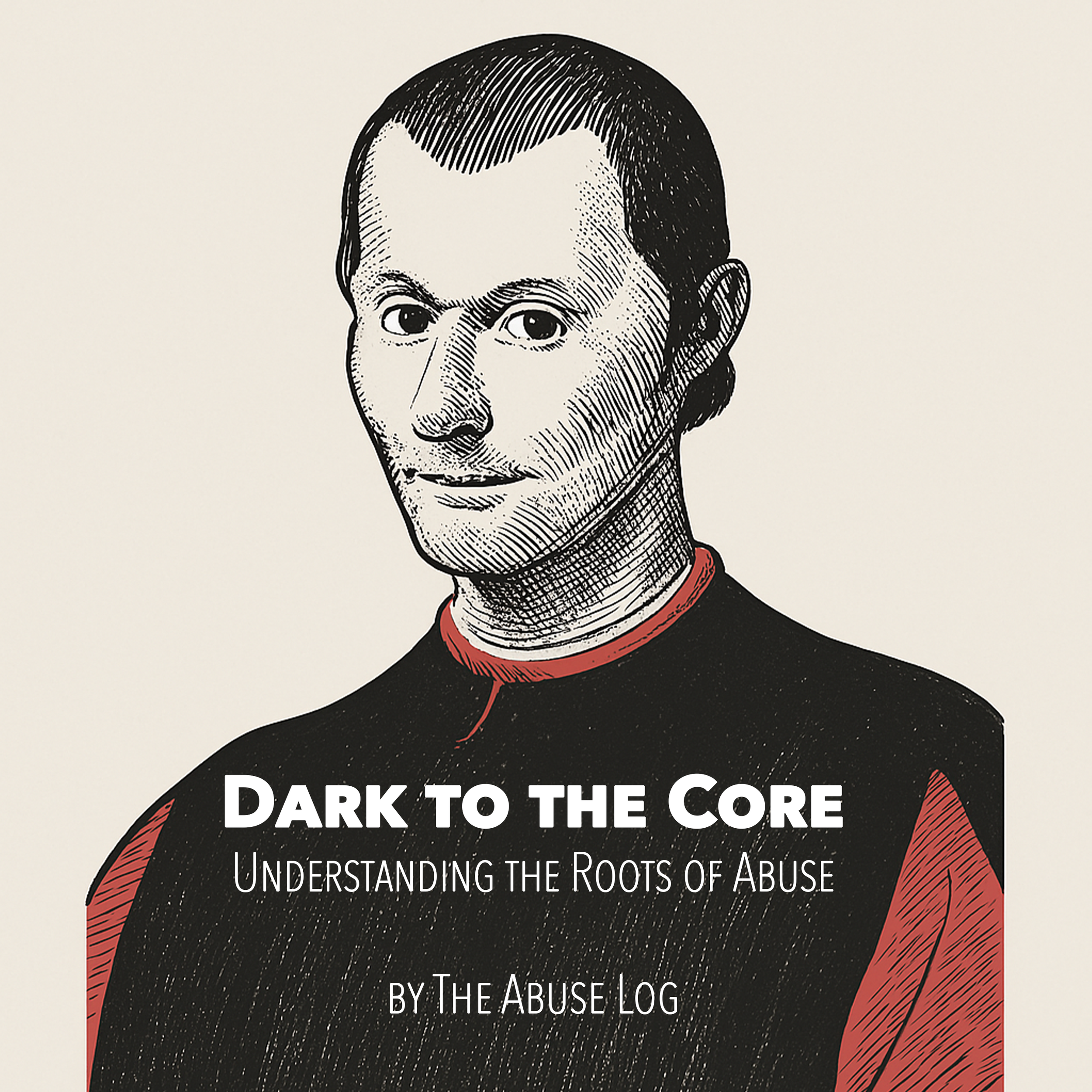
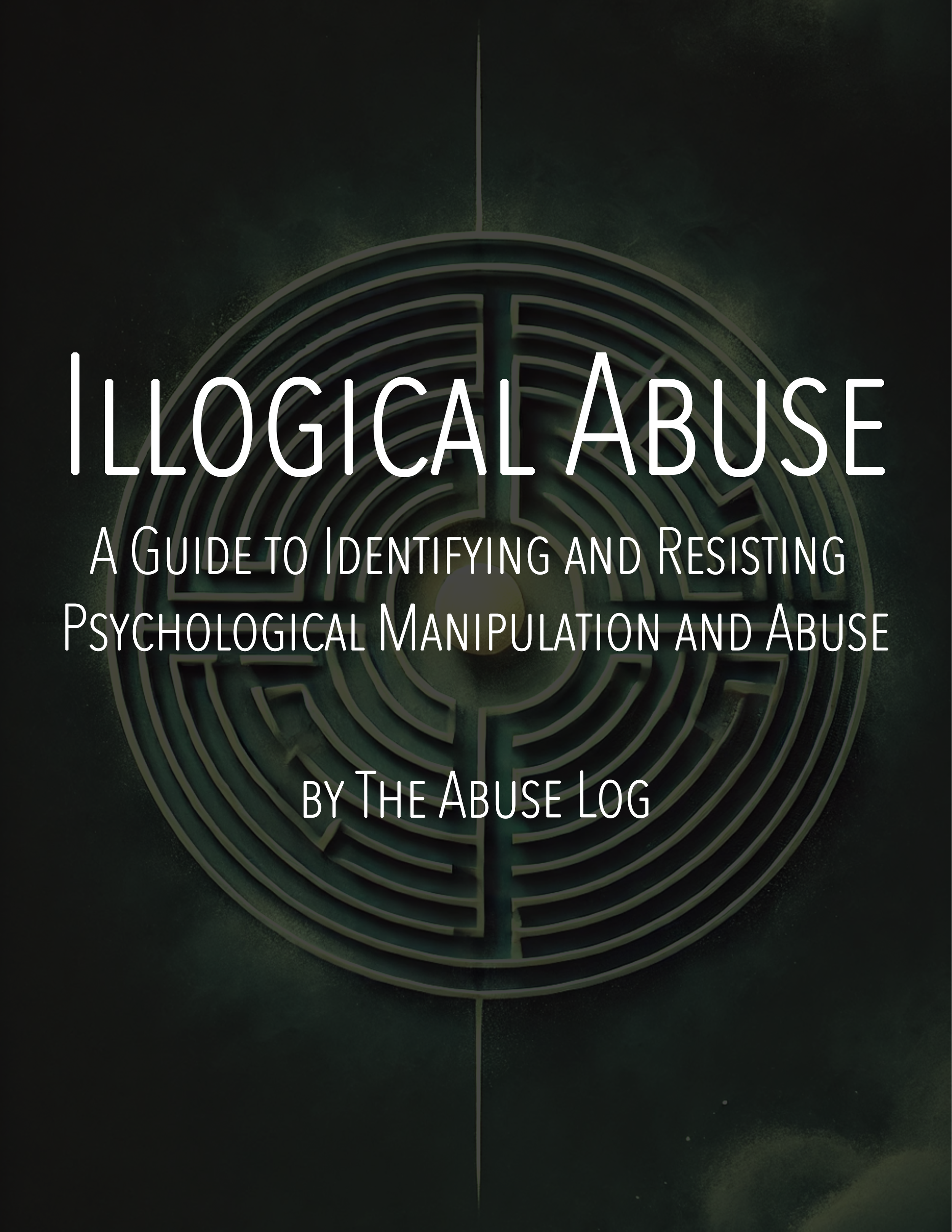

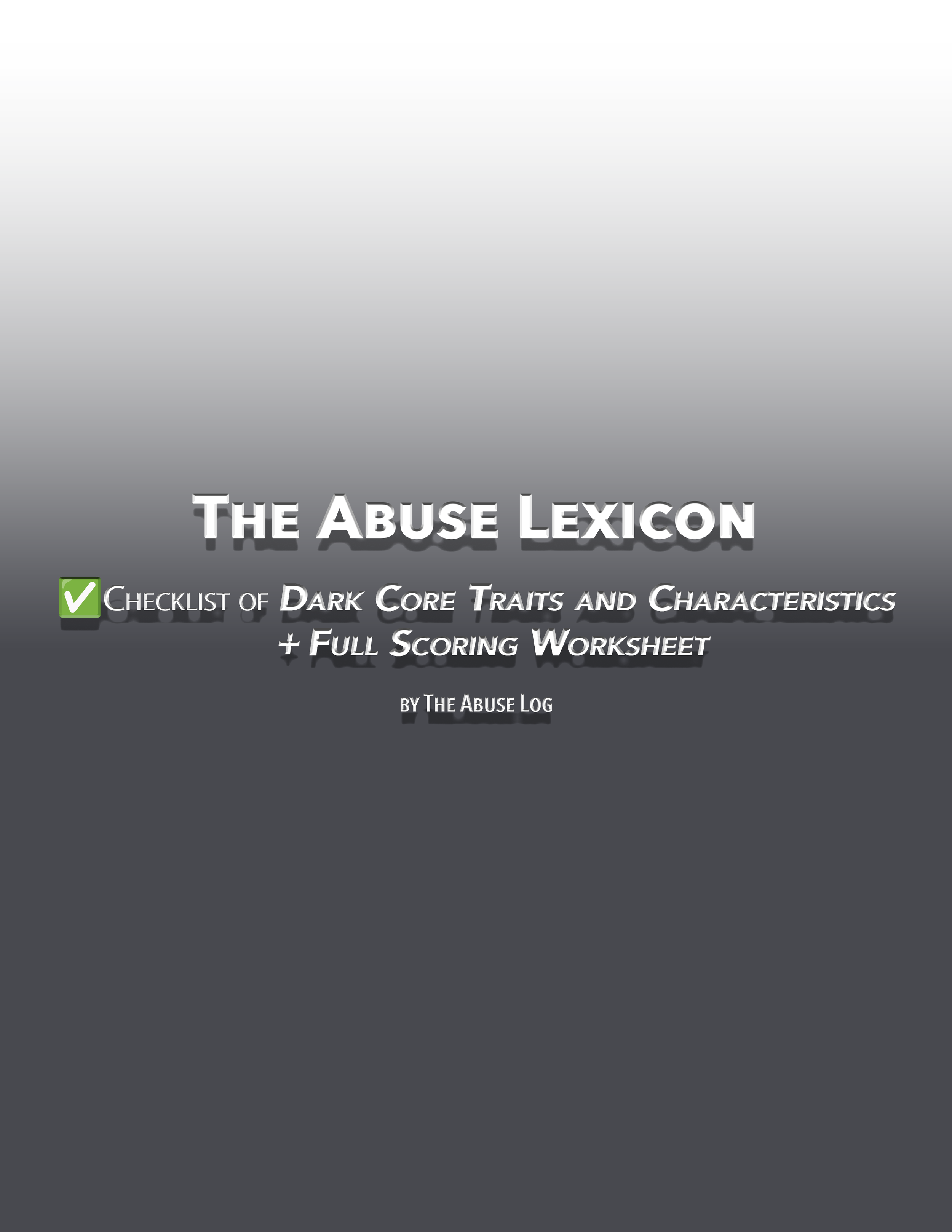


![The Abuse Log Notion Template [Basic]](https://images.squarespace-cdn.com/content/v1/65b9553c448d7e5b0ec1dfcd/4c83e581-b720-4cbe-83b1-2d72e7a9ac8a/Logo+Gumroad-Basic.png)
![The Abuse Log Notion Template [Advanced]](https://images.squarespace-cdn.com/content/v1/65b9553c448d7e5b0ec1dfcd/c3bb150a-a911-4f91-a23e-3621b98a2d55/Logo+GumroadAdvanced.png)
![The Abuse Log Notion Template [Professional]](https://images.squarespace-cdn.com/content/v1/65b9553c448d7e5b0ec1dfcd/7fa18cea-edf4-4325-8234-13f3527579c2/Logo+GumroadProfessional.png)






